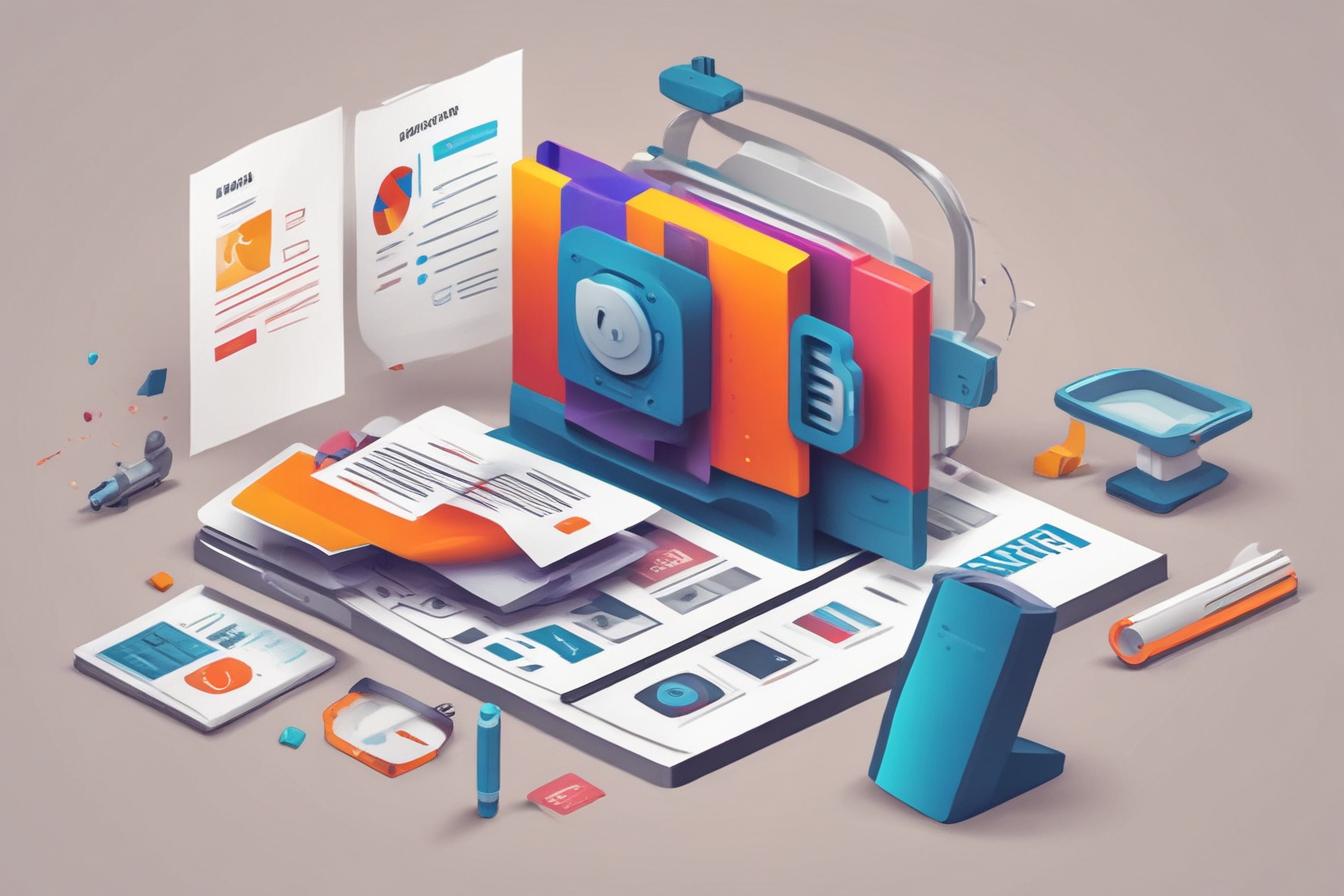What is Plagiarism and Why is it a Concern for SEO?
Plagiarism is the act of using someone else’s work or ideas without proper attribution. In the context of SEO writing, plagiarism can have severe consequences, including penalties from search engines, legal issues, and damage to your brand’s reputation.
Search Engine Penalties
Search engines like Google take plagiarism very seriously. If your content is found to be duplicated or copied from other sources, it can be flagged as plagiarized, leading to a drop in rankings or even removal from search results. This can severely impact your website’s visibility and organic traffic.
Legal Implications
Plagiarism is a form of copyright infringement, which can result in legal action from the original content creators. Depending on the severity of the violation, you could face lawsuits, fines, or other penalties.
Reputation Damage
In today’s digital age, plagiarism can quickly tarnish your brand’s reputation. If your audience or customers discover that you’ve been passing off someone else’s work as your own, it can lead to a loss of trust and credibility, which can be challenging to regain.
Top Plagiarism Scanners for SEO Writers
To avoid the pitfalls of plagiarism and ensure your content is original, it’s essential to use reliable plagiarism scanners. Here are some of the top tools available:
Copyscape
Copyscape is a popular and powerful plagiarism detection tool that scans the internet for duplicate content. It provides detailed reports and highlights any instances of plagiarism, making it easy to identify and address potential issues.
Grammarly
While primarily known as a grammar and spelling checker, Grammarly also offers a plagiarism detection feature. It can scan your content against its vast database of online sources and alert you to any potential plagiarism concerns.
Duplichecker
Duplichecker is a user-friendly and affordable plagiarism checker that can scan your content against billions of web pages, academic databases, and other sources. It provides detailed reports and offers integration with popular writing tools like Google Docs and Microsoft Word.

How to Use Plagiarism Scanners Effectively
Using plagiarism scanners effectively is crucial to ensuring the originality of your content. Here are some best practices to follow:
Scan Early and Often
Don’t wait until the end to scan your content for plagiarism. Scan your work regularly throughout the writing process to catch and address any potential issues early on.
Understand the Reports
Take the time to carefully review and understand the reports generated by your plagiarism scanner. Look for any highlighted sections or percentages that indicate duplicate content, and take appropriate action to address them.
Use Multiple Scanners
While one plagiarism scanner can be helpful, using multiple scanners can provide a more comprehensive analysis. Different tools may catch different instances of plagiarism, so it’s recommended to use a combination of scanners for added assurance.
Strategies for Creating Truly Original Content
While plagiarism scanners are essential tools, they should be used in conjunction with strategies for creating truly original content. Here are some tips to help you produce unique and engaging material:
Conduct Thorough Research
Instead of relying heavily on a single source, gather information from a variety of reputable sources. This will help you develop a well-rounded understanding of the topic and ensure that your content is not simply a rehash of existing material.
Develop Your Own Voice and Style
Cultivate a unique writing style that reflects your personality and expertise. Avoid simply rephrasing content from other sources; instead, aim to offer fresh perspectives and insights based on your own experiences and knowledge.
Leverage AI-Powered Content Generation Tools
Tools like ContentScale.fr use advanced AI algorithms to generate SEO-optimized content from scratch, ensuring complete originality. By leveraging these tools, you can save time and money without sacrificing quality or uniqueness.

Plagiarism Scanners vs. Human Editors: When to Use Each
While plagiarism scanners are powerful tools, they should not be relied upon solely. Human editors bring a level of nuance and understanding that machines cannot replicate. Here’s when you should consider using each:
When to Use Plagiarism Scanners
- For an initial scan to catch blatant instances of plagiarism
- To ensure that your content doesn’t accidentally duplicate existing material
- As a regular check throughout the writing process
When to Use Human Editors
- To provide a more nuanced analysis and catch subtler instances of plagiarism
- To improve the overall quality, flow, and structure of your content
- To ensure that your content is engaging, well-written, and free of errors
The Importance of Citing Sources Properly
Even when you’ve taken steps to ensure the originality of your content, it’s still essential to properly cite any sources you’ve used. This not only protects you from potential plagiarism issues but also lends credibility to your work and demonstrates your commitment to transparency and ethical writing practices.
How to Cite Sources Correctly
There are various citation styles to choose from, such as APA, MLA, and Chicago. Consult reputable style guides or online resources to ensure you’re following the appropriate format for your industry or publication.
The Benefits of Proper Citation
- Avoids plagiarism accusations and potential legal issues
- Builds trust and credibility with your audience
- Allows readers to easily verify and explore your sources
- Demonstrates your commitment to ethical and transparent writing practices

In conclusion, plagiarism is a serious concern for SEO writers that can have far-reaching consequences. By utilizing plagiarism scanners like Copyscape, Grammarly, and Duplichecker, you can ensure the originality of your content and maintain high standards of quality and ethics. However, these tools should be used in conjunction with strategies for creating truly unique content and the guidance of human editors. Remember, properly citing your sources is also crucial for maintaining transparency and building trust with your audience.
If you’re looking to streamline your content creation process while maintaining originality and quality, consider leveraging AI-powered tools like ContentScale.fr. With its advanced algorithms, you can generate SEO-optimized articles at scale, saving you time and money without compromising on uniqueness or search engine rankings.
Take the first step towards creating truly original and engaging content today!
